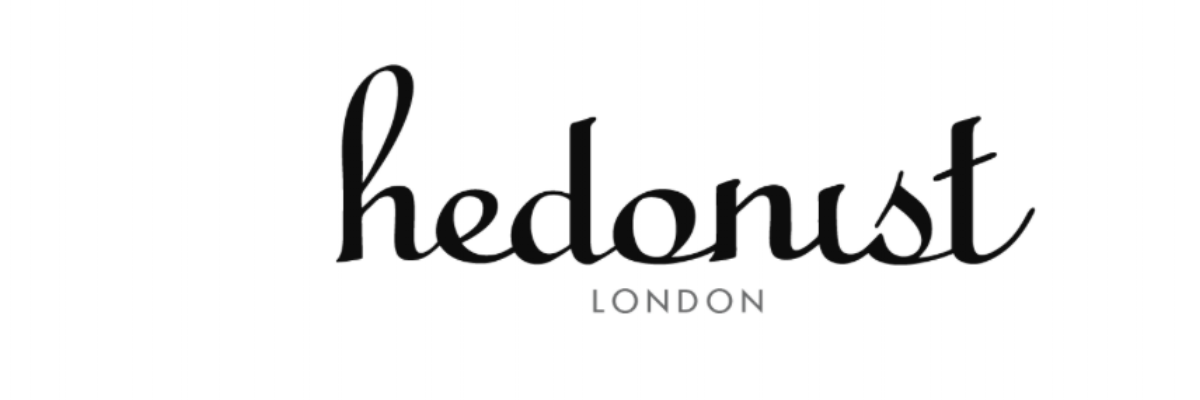Interview with Cecilia Carstedt
by Charlotte Brohier
Cecilia Carlstedt’s lucid illustrations are in constant renewal. Subjects are peeled into ephemeral washes as fresh stratums are layered in a complex tale. Sat at the fault line between handmade technique and technological exploration, Cecilia tells Charlotte Brohier why her work examines the past and looks to the future.
Hi Cecilia. Your images juxtapose a variety of bold forms. There are graphics created with machine-made stencils living with more ephemeral, uncontrolled washes. Would you say you enjoy playing with the idea of human control versus the uncontrolled?
I have always felt that these interacting forces are interesting to play with. From my early time studying in London I have been exploring this idea. Introduced to Adobe Illustrator, I began layering the two mediums of pencil and computer stencilled graphics. This play between the clean vector based lines and a traditional medium like pencil or ink has somehow been ingrained into my body of work over the years. I really enjoy playing with contrasts. Using two different mediums to play off each other. Figurative elements together with abstract shapes. Human control versus the uncontrolled. This is what I hope gives layers to the work.
Would you say that you take inspiration from technological development in the age of AI and machine-lead production? Do you embrace these new technologies or feel nostalgic about the depletion of humanlead creation?
It is always an advantage to try and keep informed about new technologies. I find this is especially the case with such a traditional way of expressing yourself. I’m inspired by what I see around me, from magazines to exhibitions. I think it’s almost impossible to avoid these developments and their influence on people’s work. Saying this, I’m also completely in awe of some computer unassisted work. I must admit that I am a little nostalgic for crafting ones work from traditional methods. The level of detail and obsession that can go into a simple pencil drawing is astonishing.
Your work documents the creations of the catwalks and interprets designer’s skills in a new way. Is there anything in particular that you look to shed light on or unveil when interpreting others’ work through your own lens?
Adaptation and interpretation is a really important factor in what I do when making work. It’s a balance of finding a language that fits the piece and using that to push the direction of the drawing. This push and pull is the essence of how I tackle commissioned projects.
What part of the process of your creations is lead by digital? What part of your work do you feel has to be distinctly created by your physical hands?
Over time the method has changed. In my early days of taking commissions, I was definitely more heavily inclined to work in a digital form. Currently though, I aim to create most drawings by hand. Of course, this balance can shift depending on the commission and framework for the project.
You like to use vibrant, popping colour. However some of your palette is more gentle with loose washes and abstracted forms. It is as if you are evoking the aura of the image’s subject- like a sense of their presence is left on the paper. Is this something you’re conscious of?
That’s an interesting reading of some of my work. It’s not something that I am completely conscious of. I can say that the subject over the period of time of creation is absorbing my full attention. In some ways I hope this focus is then translated onto paper.
A lot of your work is very tactile. Bodies overlap, shadows leave stains and figures blur out like memories. The subjects are not just there to show off the clothes like in traditional fashion images. They offer the viewer a fragment of their own physical presence, inviting viewers into their world. Do you purposely try to build a dialogue between the viewer and the subject as opposed to positioning the clothing as the central point of interest?
Glimpses of a subject, I find can sometimes be more revealing than a flat view. Mood is an important slice of how we see things and this is an area that I really enjoy investigating.



